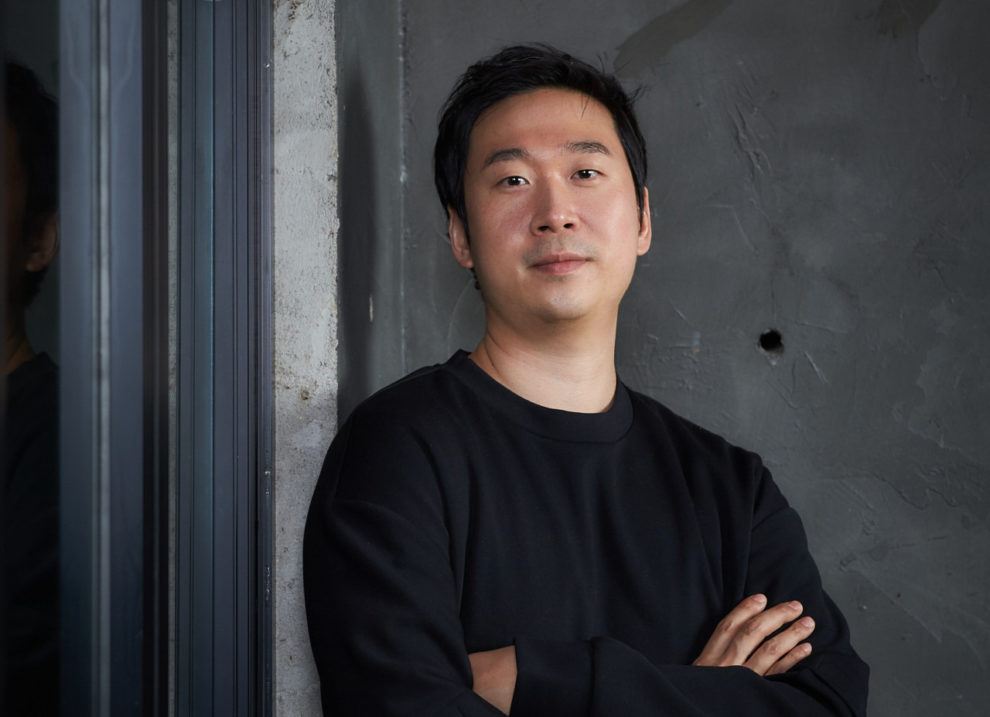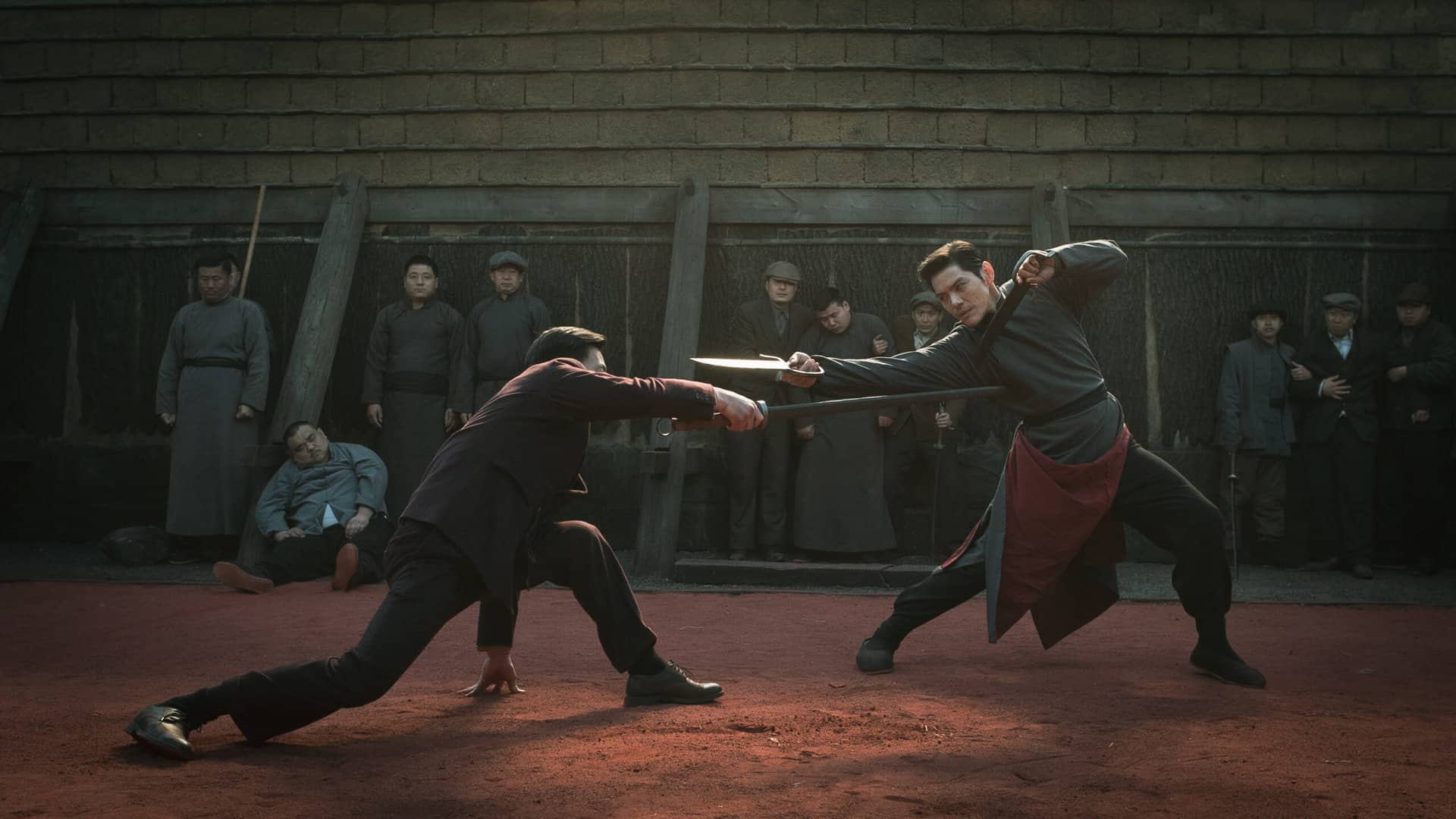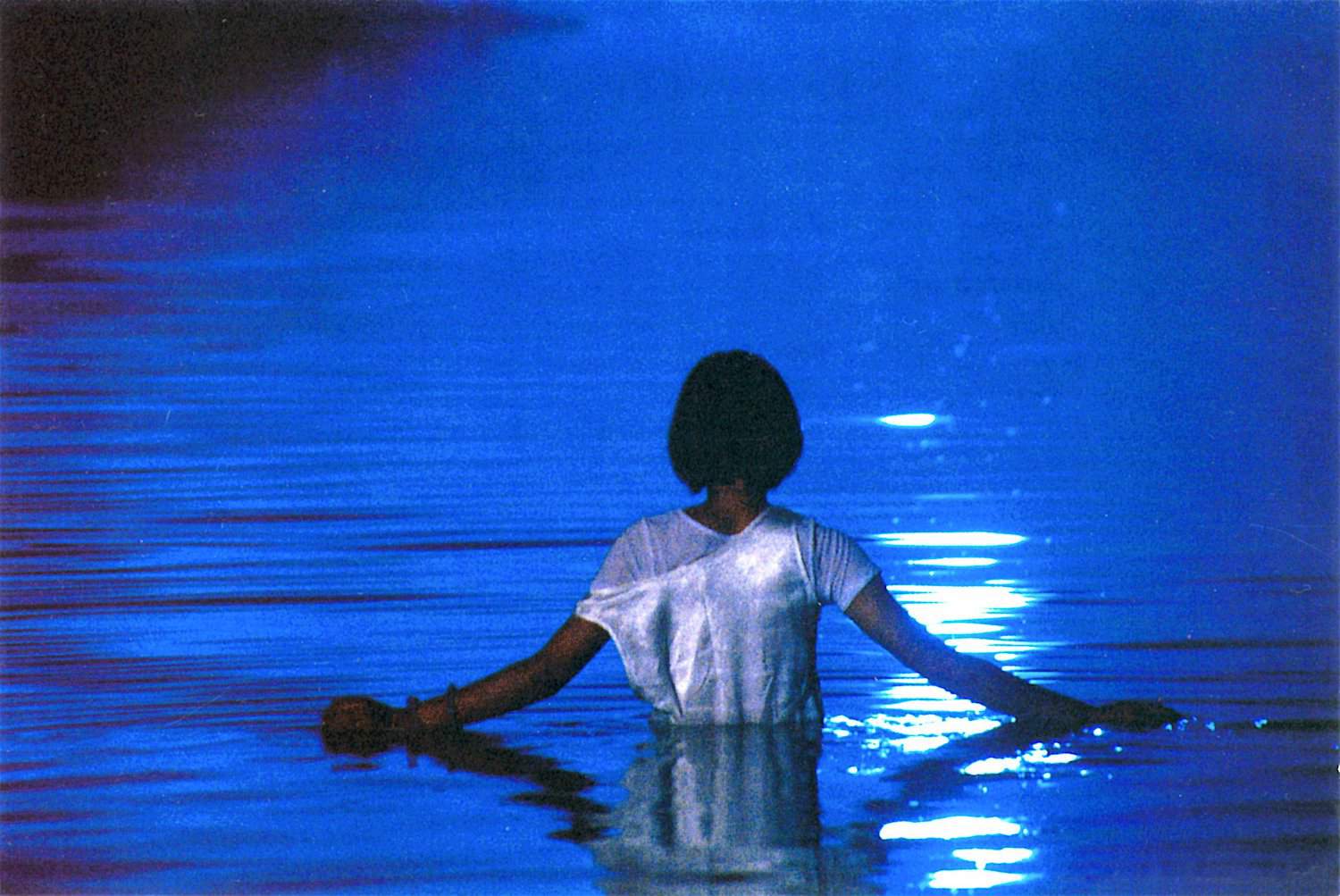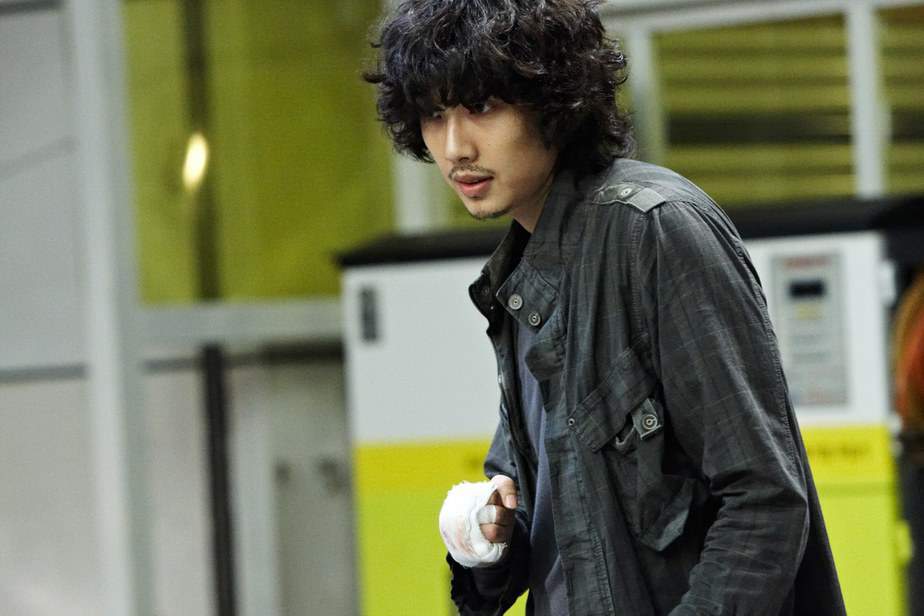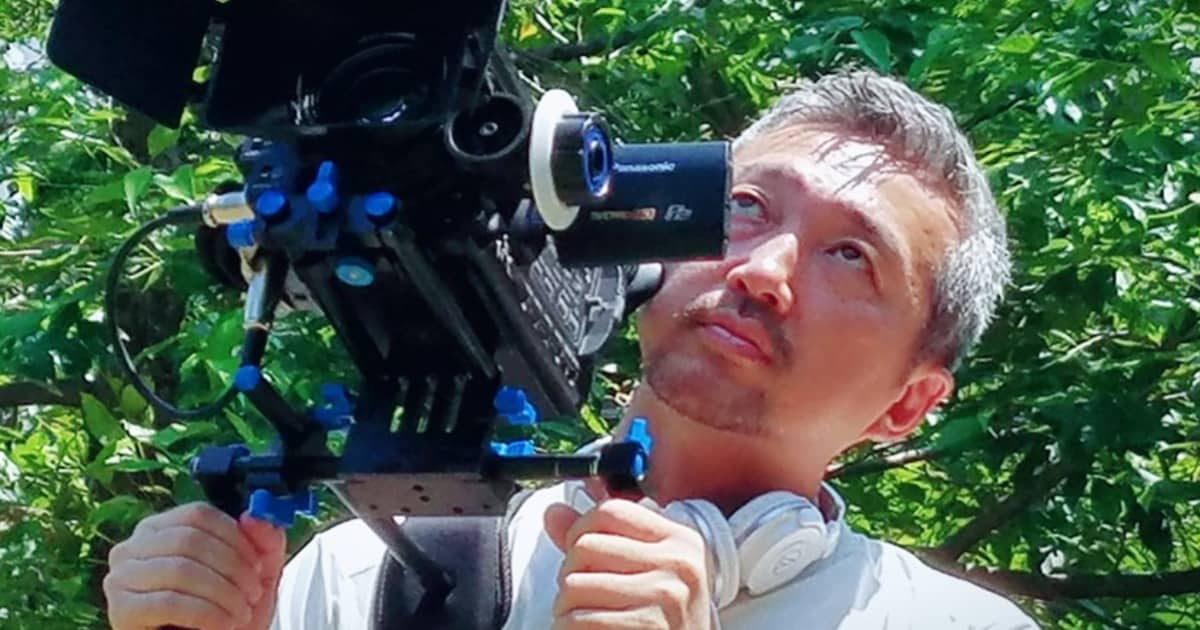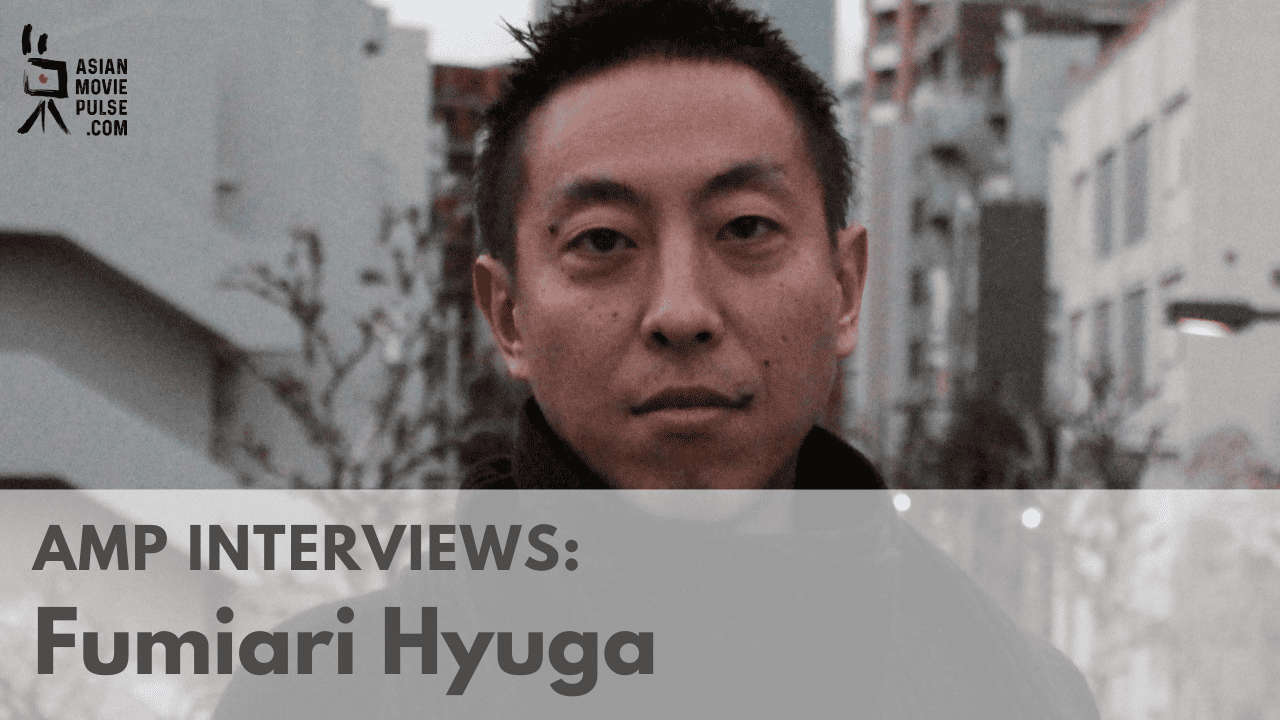Translation by Grace Han
Though “Beasts Clawing at Straws” is his debut feature, Kim Yong-hoon is no stranger to the film industry. After working for about a decade with CJ E&M, where he actively progressed investment in hit projects like “The Berlin File”, “Miss Granny” and “C'est Si Bon”. Filmmaking, however, had always been the end-goal for the salaryman and, after producing his first short film “Do You Wish to Delete?” and several failed attempts at getting a feature-length script off the ground, the 38-year-old was finally able to take the leap to directing with “Beasts Clawing at Straws”.
On the occasion of “Beasts Clawing at Straws” screening at New York Asian Film Festival, we spoke to him about the film, the source novel, the crime thriller genre, the casting of Jeon Do-yeon and Jung Woo-sung and more.
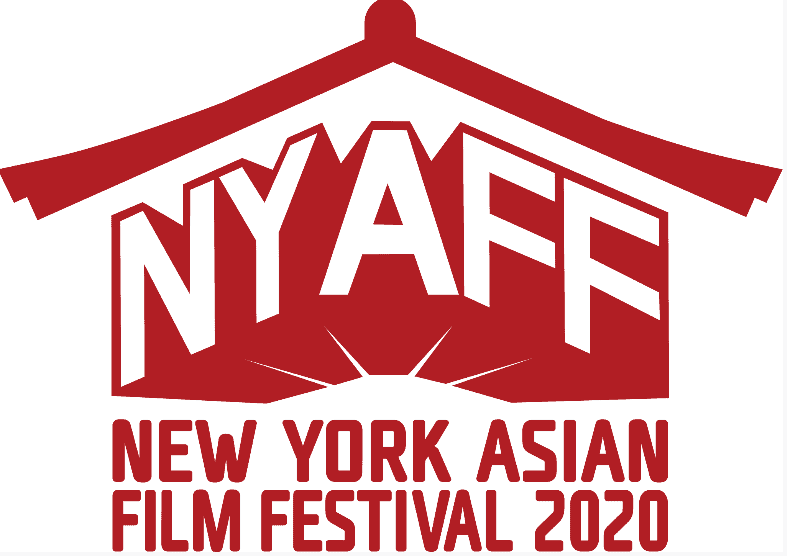
How did you come across the original book by Keisuke Sone and what about it appealed to you?
At the time, the script I was working on wasn't going very well. So out of frustration, I visited a bookstore. The title of the book caught my eye.
How hard was the process of adapting the Japanese story to fit Korean culture and sensibilities?
I don't think that the desire for material things is very different between Japan and Korea. It wasn't as much of a challenge to change the setting from Japan to Korea, but I was more concerned with exhibiting a feature of the novel, “The Descriptive Trick,” in a more cinematic way. I also wanted to give the story a more popular spin, so I changed Jung Woo-sung's character from a detective into a custom's official.
The film reminds of works from directors like the Coen Brothers and Quentin Tarantino. What were your influences while writing the script and for the look of the film?
I personally really admire those directors. Especially their works “Fargo”, “No Country for Old Men”, “Jackie Brown,” and “Pulp Fiction” — these films really influenced me. When Yeon-hee (Jeon Do-yeon) looks at her cell phone in the bathroom with the dead body in the bathtub, I thought of the scene in “Fargo” where [Peter Stormare] feeds a body into the wood chipper. Instead of showing it explicitly, however, I chose to frame the scene in a more subtle way.
Speaking of the look of the film, there's a very distinctive visual style and colour palette used for the different characters. Could you please tell us a bit about your ideas behind this and about your collaboration with cinematographer Kim Tae-sung?
In this film, everyone lives different lies and I wanted the colours to reflect that. (Yeon-hee — white, Tae-young — blue, Mi-ran — orange, Jin-tae — Purple, etc.). For Tae-young – who lives under a colourful neon sign — he's awash in more artificial light instead of sunlight. Mi-ran, on the other hand, has more of a Tungsten vibe.
One of the biggest appeals of this project for me, and I'm sure for many others, has been the first-time on-screen pairing of Jung Woo-sung and Jeon Do-yeon. How did you manage this casting coup in your debut feature?
Jeon Do-yeon was the first person cast in the film. She's quite reputable not just among the directors, but among the actors in Korea as well. Jung Woo-sung decided to jump onto the project after Jeon Do-yeon, so I think her presence has been monumental for the film. I remember the two of them were very excited to work together for the first time, despite their prolific careers.
Regarding the rest of the cast as well, please tell us a bit about your casting process.
Youn Yuh-jung was cast with the help of Jeon Do-yeon. Other actors went through the usual casting process and through auditions.
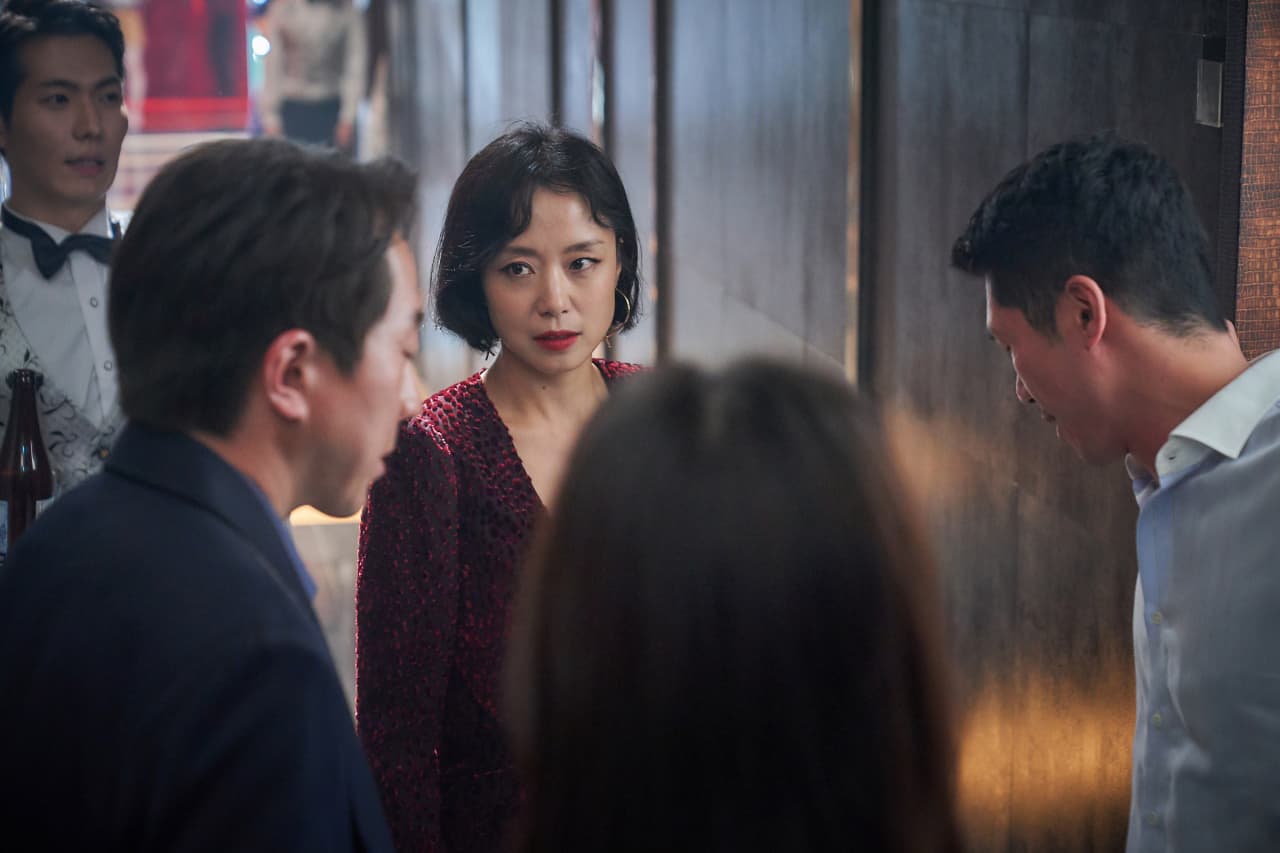
Crime thriller is one of Korean cinema's favourite and most popular genres. Was it always a goal to make a film in this genre for your debut?
I love crime thrillers and novels, so I think it was natural for my first film to be a crime thriller as well. There's definitely a possibility that I will continue to explore this genre in future work.
The film had its world premiere at the International Film Festival Rotterdam, where it won the Special Jury Award in the Tiger Competition and also a Special Mention at the Udine Far East Fillm Festival. How does it feel to get this kind of a warm response and appreciation for your debut work?
Of course I am grateful, and I am very happy too. It's a shame that this year is ridden by COVID-19. Otherwise, there would have been more opportunities to meet the audiences in-person. It's bittersweet that we couldn't have that opportunity this year.
Finally, I'd like to ask you if you're currently working on any new projects or if you have any ideas that you're developing.
In the 70s, gangsters used film in Chungmuro [the old film district in Seoul]. I'm currently working on a script about that.


